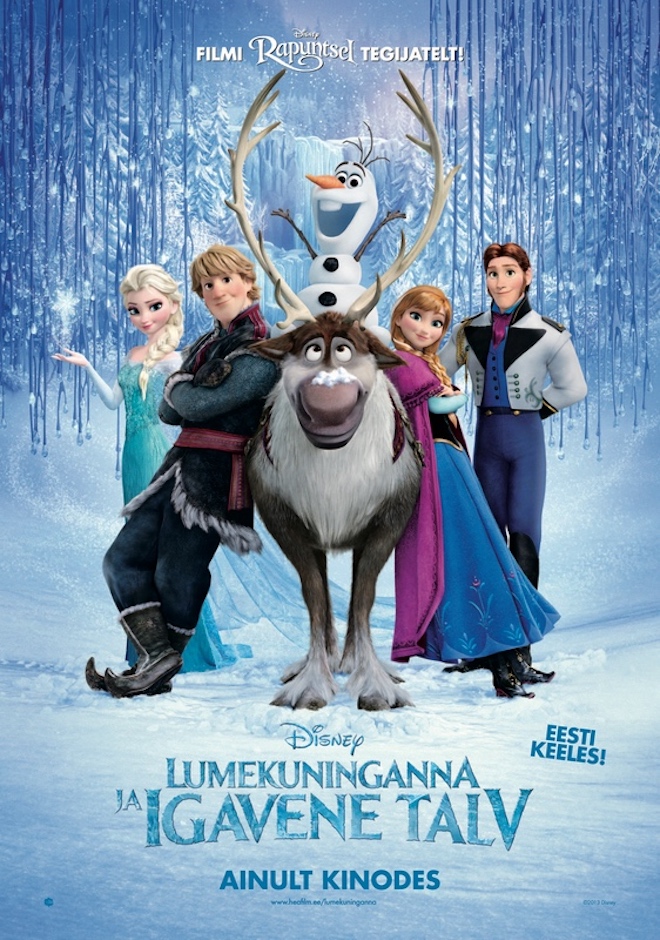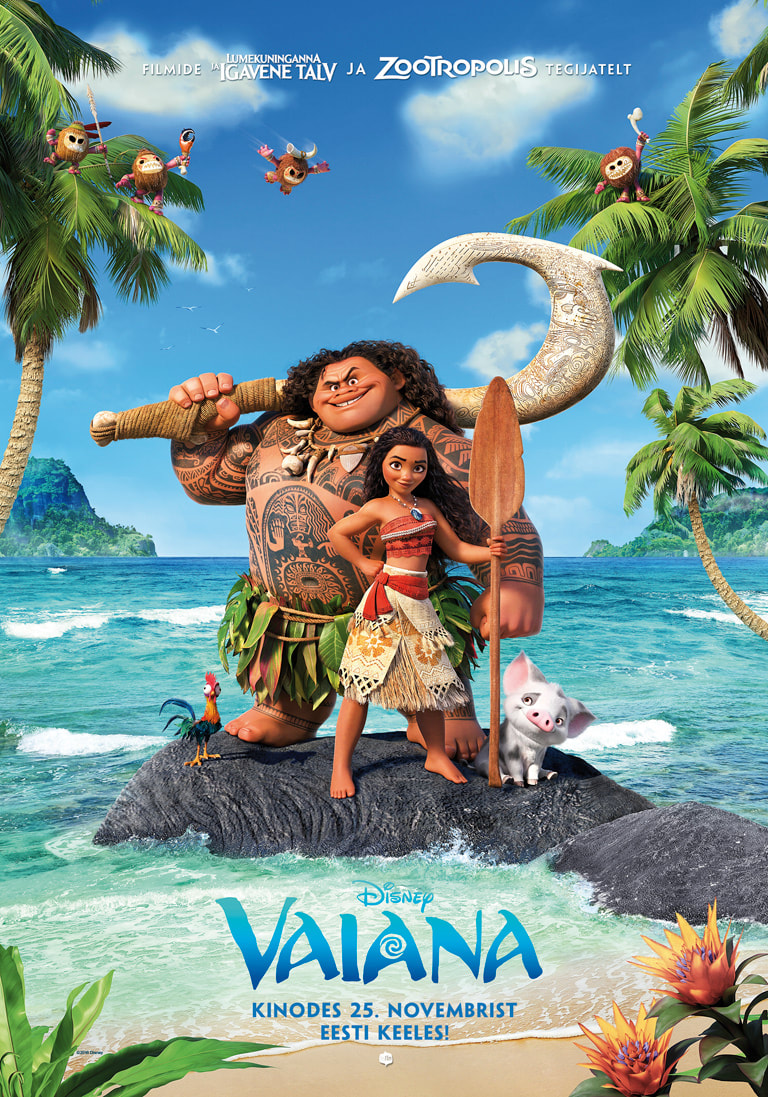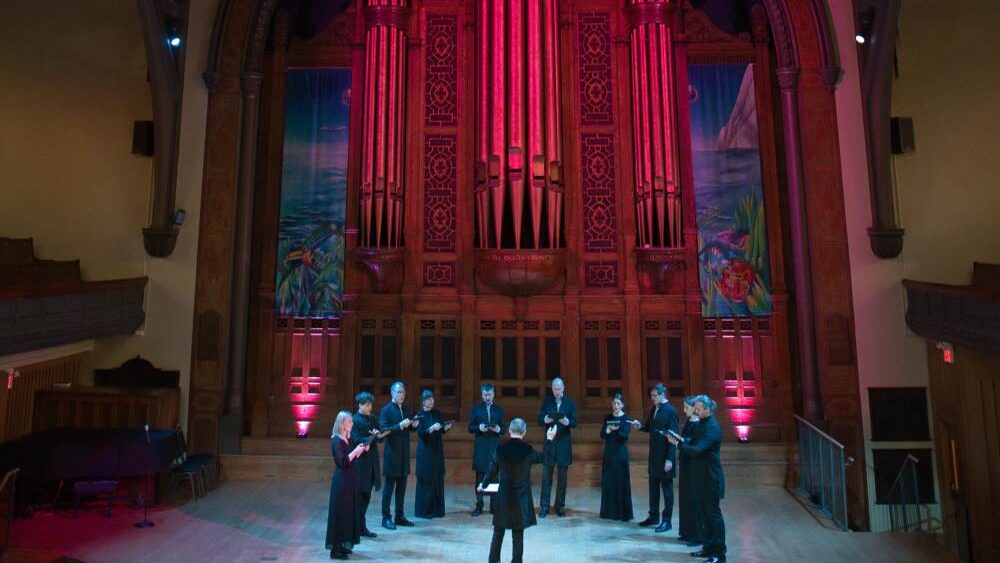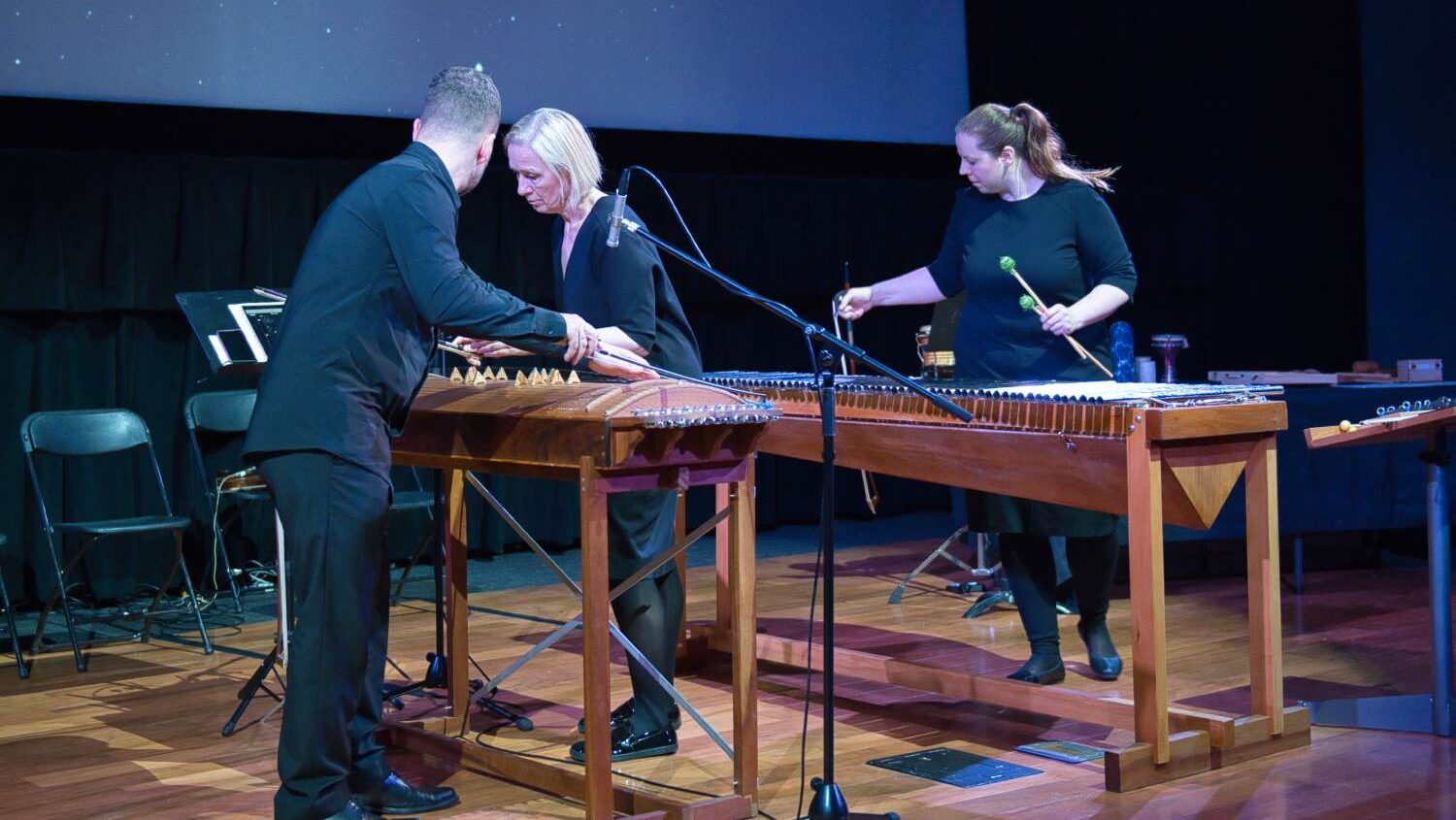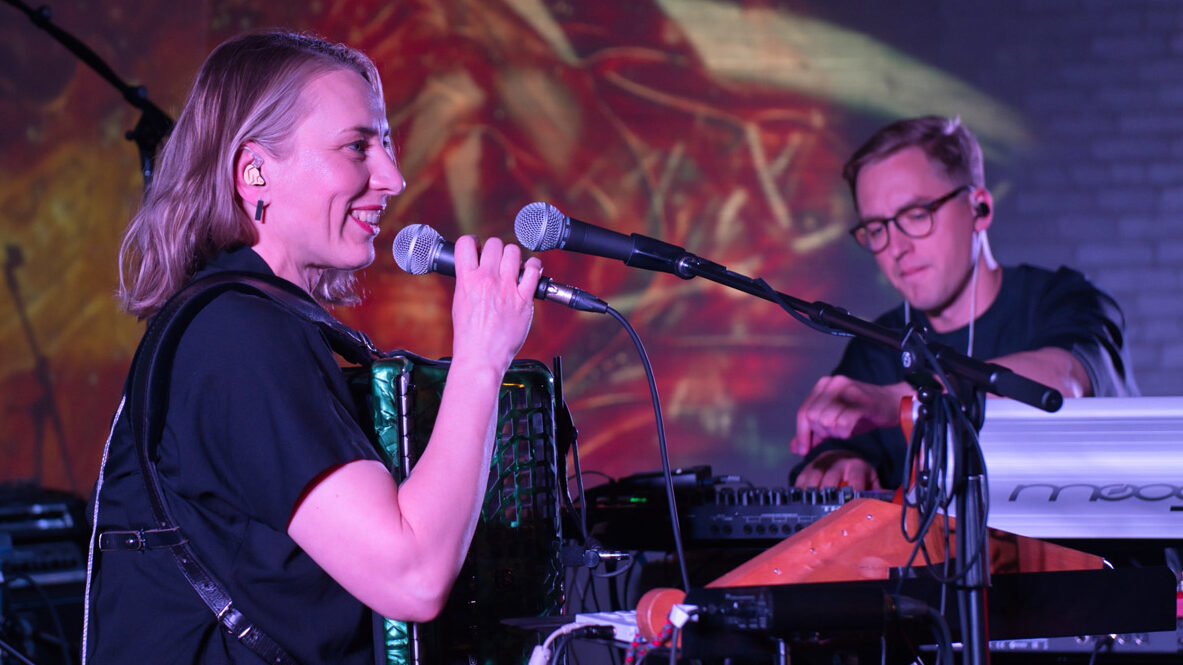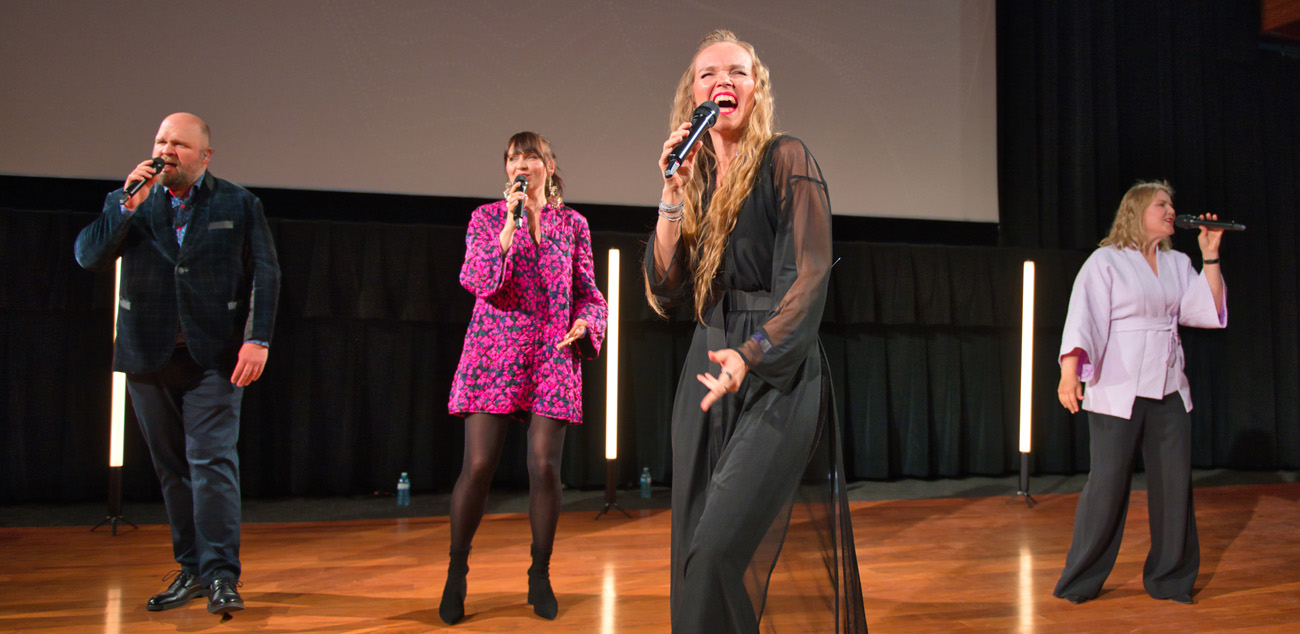Italy—along with Germany, India, Spain, and Turkey—has become a leading country when it comes to dubbing, over the use of subtitles. In Italy, it's a practice which grew in the 1930s after the Italian Ministry of the Interior, under dictator Benito Mussolini, banned the screening of films where the spoken language was not Italian. Historical reasons aside, though, to this day, post-production companies around the world will carefully translate the scripts of films into their native languages.
Voice actors will be hired to vocalize these translations of films from other countries, and for the strength of their dramatic delivery, they can become quite famous. For example, Sandro Acerbo is well-known as the voice of Brad Pitt in Italy. For German-speaking audiences, it's Tobias Meister. Providing Pitt's voice in Spanish-speaking Latin America is Ricardo Tejedo. The voice actors create an easier viewing experience and bring the films to a wider audience.
For a relatively small market like Estonia, this undertaking is not always worth the cost and effort. Unless, the dubbing is for highly sought-after kids' films, animations in particular. While subtitles are fine enough for adults, watching the action of a film while subtitles zip by is not ideal for children who are still learning how to read.
For families with young children, these animated films are apt to follow you everywhere. On evenings and weekends, they're watched on tablets and the home television. Their catchy tunes play on rotation through speakers wherever you go with the kids. On the way to school drop-offs. At the park. Though, perhaps you can see the films in a new light if you get to know the Estonian version of their characters and songs!
Take Walt Disney Animation Studios' film Moana, for example, titled Vaiana in Estonian. In the English language version, Dwayne Johnson, well-known for his live-action roles, is the voice of Maui. Maui's well-known musical number “You're Welcome” becomes “No Palun,” and exchanges Johnson's voice for rapper Henry Kõrvits from Toe Tag (a band previously mentioned in Estonian Life). In this tune, some of the original wordplay when Maui's brags about his accomplishments doesn't translate over to Estonian. Still, the attitude comes across, as does the flow and rhymes of Kõrvits' rapping.
Kõrvits is charismatic, loud, and brazen in his portrayal of the demigod. He speaks with bravado and lungs full of laughter. It's witty and funny.
Furthermore, Estonian actresses convincingly articulate the youthful yearning of Moana/Vaiana herself, with Emma Tross' speaking and Kelly Tulvik's singing. When it comes to antagonists, Karol Kuntsel sneers and taunts delightfully as the avaricious crab villain, Tamatoa, Maui's rival.
Reading through the cast of voice actors hired for each dubbed film, one sees how the best of the best are hired from Estonia's league of actors.
In Frozen, the main characters, Elsa and Anna, are voiced by Idina Menzel and Kristen Bell. In the Estonian version, Lumekuninganna ja igavene talv, it's Hanna-Liisa Võsa and Hele Kõrve. Kõrve is also joined by Hanna-Liisa Peenmaa and Maria Rander in the song “Kas me lumememme teeme?” (“Do You Want to Build a Snowman?”) as they express the change of Anna's character from playful to heartbroken throughout her childhood. Voice actors must be capable of inhabiting the lives of these characters whole-heartedly. But then they must also be able to leave it behind. Previously, Hele Kõrve was the voice of Merida in Pixar's Brave.
Võsa sings “Olgu nii”, the equivalent of Elsa's song “Let It Go,” and be warned, it will get seared into your memory. In Lumekuninganna II: Elsa ja Anna uued seiklused (Frozen 2), Võsa reprises the role of Elsa, singing the anthemic number “Tundmatuse teel” (“Into the Unknown”). Võsa hits the high notes in a way that will send a chill through your bones.
The mouths of characters don't always match up perfectly in these examples of dubbing. Truly, this has to be the most difficult aspect of dubbing. Translators need to choose words of an equivalent length between languages, but nevertheless, each language has its own sounds and corresponding mouth shapes that don't match up. Estonian, of course, has subtle sounds that won't align with how a character speaks or sings in English.
All the same, massive credit is due for how faithfully the actors and production team maintained the essence of all of these characters. Kids will be pleasantly surprised to see their favourite characters speaking a language that's close to home.
Written by Vincent Teetsov, Toronto
